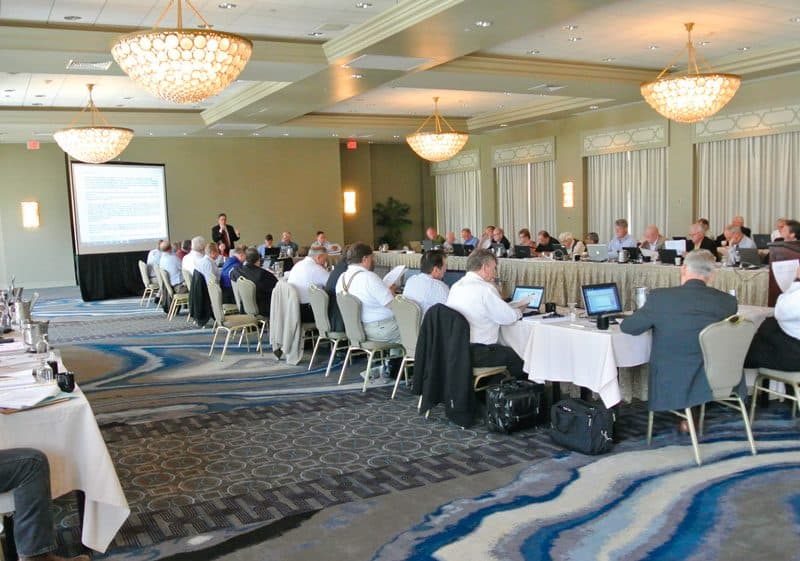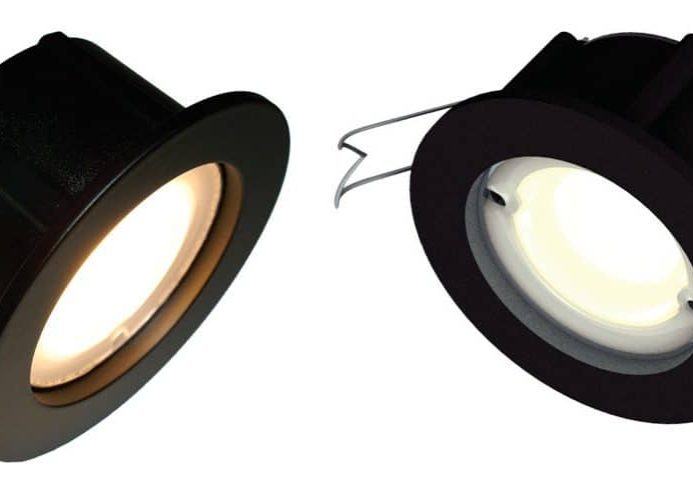Innovative Elevator Educational Materials
Sep 1, 2014

For more than 100 years, individual elevator manufacturers, industry organizations, labor unions and educational institutions have, at various times and with varying degrees of success, engaged in the development of educational materials and training programs. While the majority of these efforts resulted in standalone education packages that focused solely on elevators, it is also possible to find elevator-related materials embedded in works that offered students an overall introduction to mechanical and electrical engineering. The challenge these general works faced was similar to that of elevator-specific ones: producing texts and images that effectively communicated critical information. This challenge was made more difficult by the fact that many of these materials were designed for correspondence courses and, thus, for students who typically had no or very limited access to classroom instruction. The strategies employed to meet this educational challenge include a unique approach taken by a German publisher in the early 20th century.
In 1912, Verag Hermann Schran & Co. (Berlin) published the third edition of Die Elektrotechnische Praxis: Ein Handbuch zum Studium und Selbstunterricht in den Physikalischen und Technischen Grundlagen der Elektrotechnik, Sowie Ihrer Konstruktionen, Verfahren und Praktiken (Electrical Engineering Theory: A Handbook for Self-Study in the Physical and Technical Fundamentals of Electrical Engineering, Including Designs, Operations and Practices). This work consists of two illustrated volumes and a third volume titled Modell-Atlas, which featured color “models” or drawings specifically created to reinforce the information and images found in the primary volumes. On the title page, the publisher announced that German engineer Walther Häntzschel-Clairmont (born in 1856) served as the project’s editor, and that the content included contributions from leading German manufacturing firms. The intended audience was electricians, electrical-equipment operators and installers, building maintenance workers, and elevator installers and operators. The latter reference is intriguing, especially when placed in the context of other elevator references found in the book’s forward and copyright statement.
In the forward, Häntzschel-Clairmont noted that he was pleased to be able to address “a broad based interest” by including “a detailed treatise on electric elevators with push-button control” in the third edition. Given the book’s focus on electrical engineering, the inclusion of a section on electric elevators was not unusual. However, the focus on push-button-controlled elevators is of interest, as these systems were among the most recent developments in electric-elevator technology. This new information was apparently also perceived as being of particular intellectual importance: the copyright statement declared that “even a partial reproduction” of materials was “forbidden,” further noting that, “in particular, the reproduction of the published circuit sketches of. . . electric elevators is prohibited.” The chapter on elevators (found in volume two) includes 17 circuit diagrams for a variety of elevator systems, seven of which were clearly linked to two specific companies: Allgemeinen Elektrizitäts-Gesellschaft (AEG) (five diagrams — two for dumbwaiters and three for passenger elevators) and Stigler of Milan, Italy (two diagrams for passenger elevators) (Figures 1 and 2). Given the commercial power and market presence of AEG, it is likely the company had insisted on the additional copyright language to protect its interests. (Nonetheless, the prospect of a major company allowing proprietary information to appear in a textbook is fascinating.)
Interestingly, although Carl Flohr of Berlin is referenced in regard to several illustrations, these were not identified in connection with any of the published circuit diagrams. Flohr did, however, provide the only large-scale foldout drawing in the chapter, which depicted a design for an electric elevator with push-button control (Figure 3). This image, the circuit diagrams and the other illustrations that accompanied the text all followed the standard conventions employed by publishers of similar educational reference books. This normative pattern was not, however, followed in illustrations produced for the Modell-Atlas. This volume begins in a typical fashion, with a brief technical description of each of the three illustrated subjects: a “DC motor meter,” an “electric powered passenger elevator with push button control” and the “power and lighting system of a modern apartment building.” The electric elevator was a Flohr machine similar to the one illustrated and discussed in Volume II.
The technical description noted that electric elevators could be controlled by either a lever device or push buttons. The advantage of the latter system was that it eliminated the need for an operator and allowed any “layman” to run an elevator, because of its simplicity. The presence of “officially prescribed” safety devices (which included interlocks and overspeed safeties) was also given as a rationale for allowing operator-less systems. However, the text also noted that all “safety measures and rules are illusory” if passengers “act negligently” and ignore the “existing rules.” Safe operation could only be ensured by “careful attention to the regulations,” which offered “the best protection against accidents.” This admonishment was followed by a disclaimer stating that, unfortunately, the scale of the elevator “model” did not permit a detailed representation of the various safety devices. In the absence of images, a brief written description of Flohr’s interlock system and overspeed safety device (which followed a typical design in that it gripped the guide rails when activated) was provided. The text also noted that the circuit design and associated electrical equipment were not illustrated because they were “very complicated.” The elevator equipment represented in the model included the “drive unit” (electric motor and winding drum), idler sheaves, overhead sheaves, counterweights, cables, guide rails and car.
The use of the tem “model” in association with the drawings featured in the Modell-Atlas reflects the unique approach used in their construction. The production of technical drawings has always involved standard engineering graphic conventions utilized to build or construct a drawing that conveys the required information. Of course, the typical result is a flat, two-dimensional drawing. The first elevator image encountered in the Modell-Atlas – a color plan of the machine room and shaft pit – follows these normative conventions (Figure 4). However, the action required to view the other drawings transports the reader to a very different place. Visible behind the plan – below its lower edge – is the bottom of the second drawing. The plan must be lifted to view this drawing. Then, the shaft drawing unfolds, revealing two sections: one through the machine room and shaft (which shows the elevator engine, idler sheaves, cables, car, counterweight and overhead sheave arrangement) and one through the machine room and hallway (which shows the shaft doors and call buttons) (Figure 5). The next required action involves opening the two flaps to the left of the shaft drawing. This reveals another section through the machine room and shaft (Figure 6). Additional information is provided by foldouts attached to the elevator car drawings. These may be opened to reveal the inside of car (illustrating the seat and push-button control panel). These drawings may be folded a second time, which allows a view of the shaft without the car (Figure 7). Finally, the counterweight drawing may also be folded back to reveal its shaft (Figure 8).
The information contained in the elevator model could have easily been presented in a traditional format. However, the interaction required to access the Modell-Atlas drawings makes the learning experience more interesting and somewhat exploratory – the reader is naturally curious about what lies behind each movable flap. While it is impossible to gauge the educational effectiveness of this approach in early 20th century Germany, it is, perhaps, appropriate to assume that the pleasure found in opening and closing the drawings in the early 21st century is a reasonable echo of what the book’s original readers may have experienced. Of course, today, it possible to create 3D computer models of elevators that allow a viewer to turn various components on and off and view animations of equipment operation. This experience typically occurs while the viewer is seated, manipulating a mouse and staring at a two-dimensional computer screen. However, this current experience lacks the inherent (and tactile) joy of opening the model drawings and lifting the various flaps to see the wonders that lie beneath. While there is no question of the impact and value brought to education by computers and other technological innovations, it is difficult not to have a modest sense of loss when the experience of 2014 is measured against that of 1912.

Figure 1: AEG’s “Circuit Diagram for an Electric Elevator with Push Button Control” equipped with a 30-hp, 220-VDC motor. 
Figure 3: Carl Flohr of Berlin’s “Electric Elevator with Push Button Control” 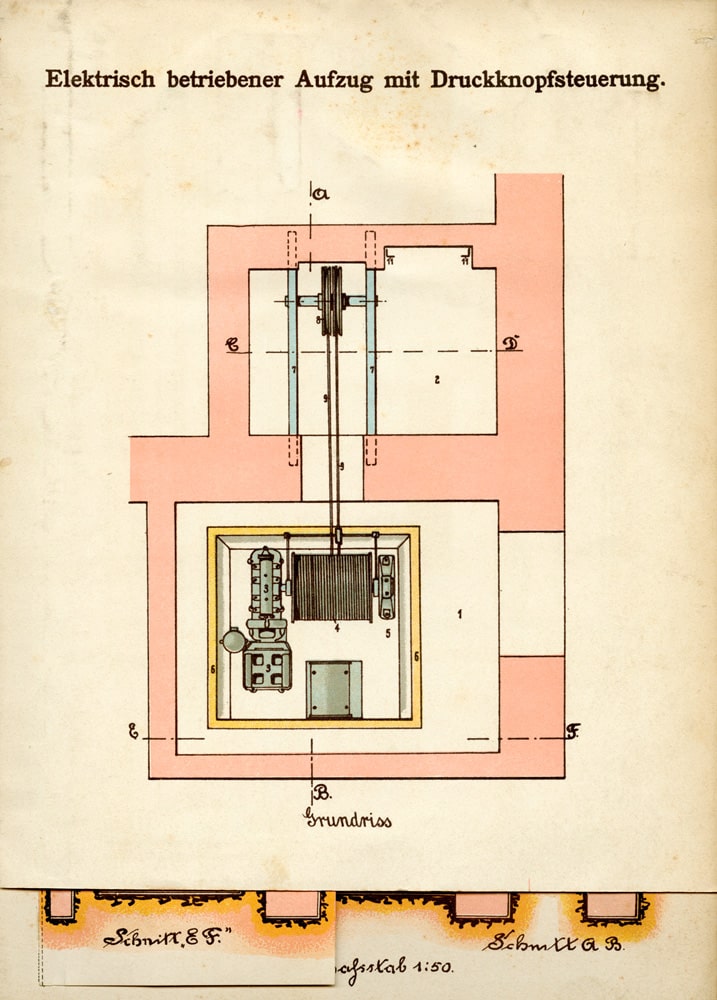
Figure 4: Die Elektrotechnische Praxis: Modell-Atlas, “Plan of Engine Room and Pit” 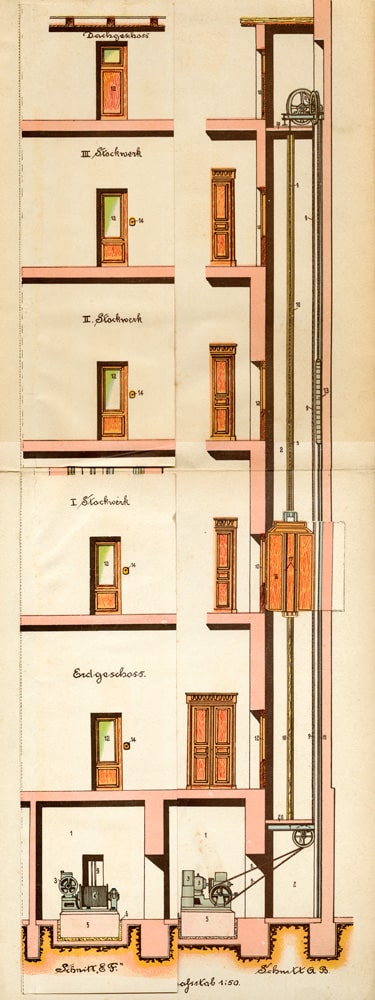
Figure 5: Die Elektrotechnische Praxis: Modell-Atlas, “Shaft and Landing Sections” 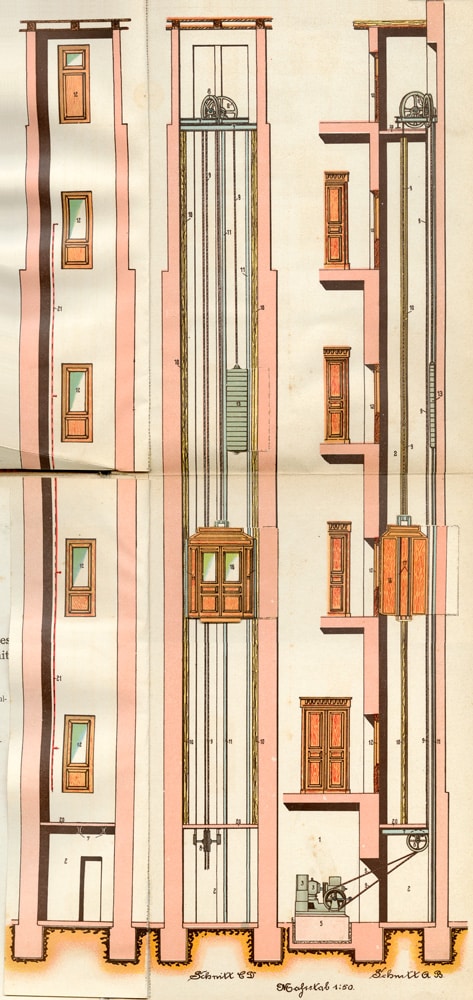
Figure 6: Die Elektrotechnische Praxis: Modell-Atlas, “Shaft Sections” 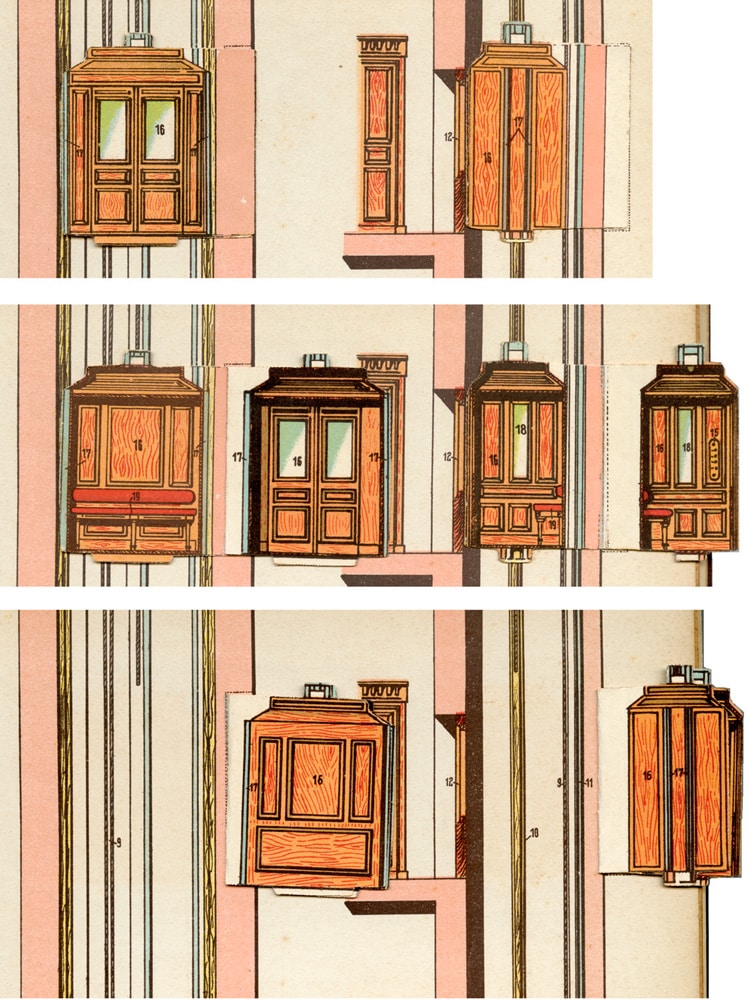
Figure 7: Die Elektrotechnische Praxis: Modell-Atlas, (top to bottom) “Elevator Car Exterior,” “Elevator Car Interior” and “Elevator Car Exterior and Shaft Detail” 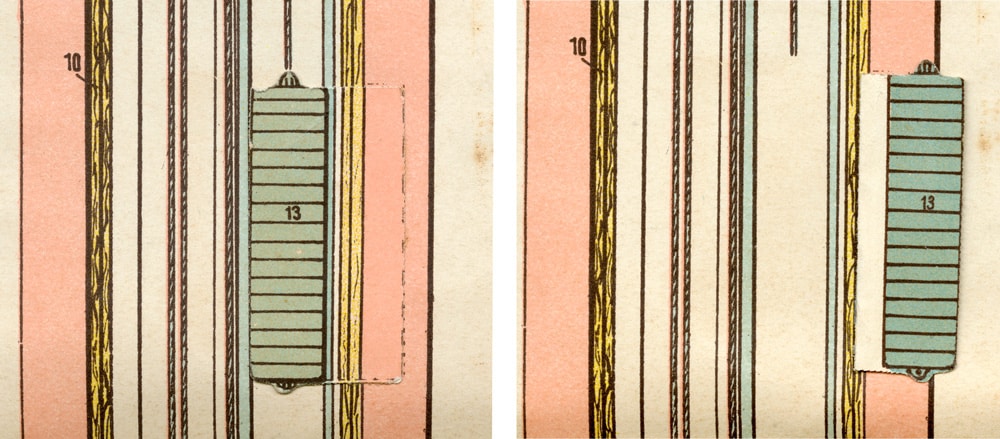
Figure 8: Die Elektrotechnische Praxis: Modell-Atlas, (l-r) “Counterweight in Proper Position” and “Counterweight Moved to Reveal Shaft”
Get more of Elevator World. Sign up for our free e-newsletter.





